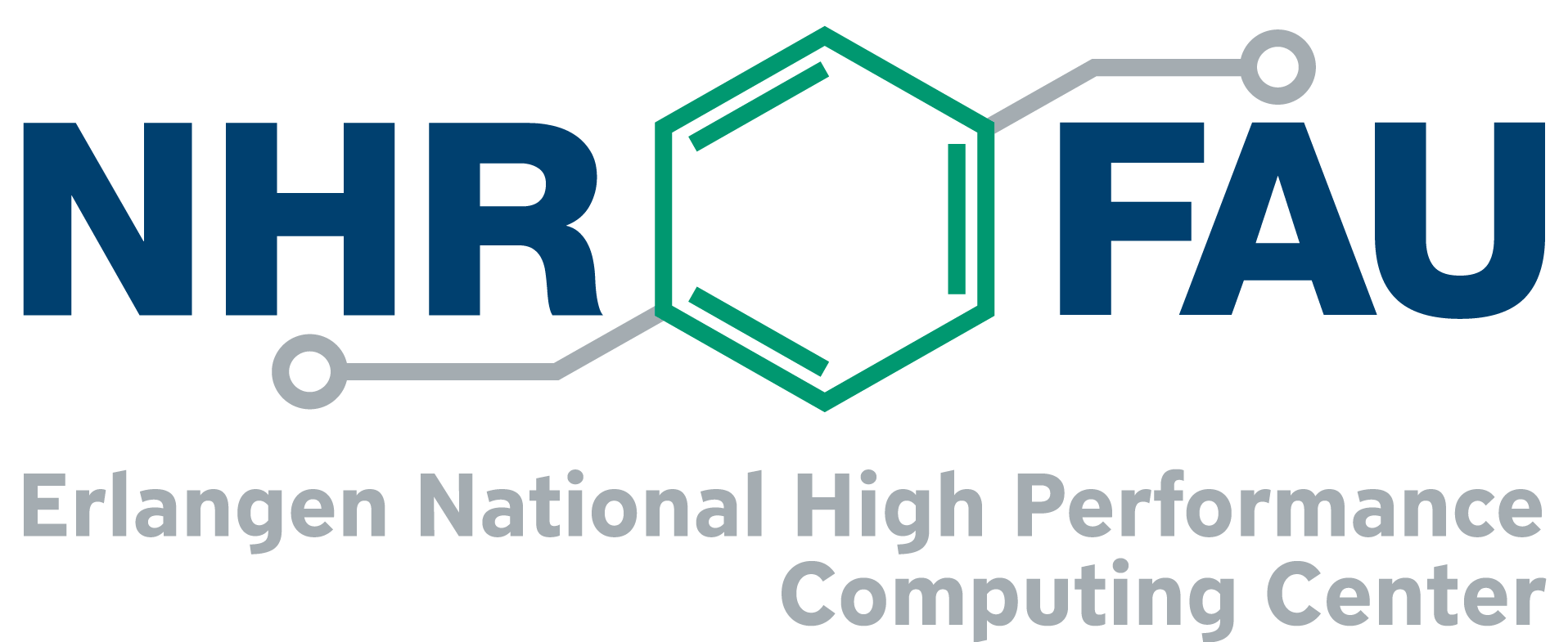HPC User Report from S. Maisel (Chair of Theoretical Chemistry)
Ab-initio MD Simulations of Liquid Metals
Supported catalytically active liquid metal solutions (SCALMS) were developed at the FAU as promising new concept in heterogeneous catalysis. Such catalysts are resistant to coke formation and therefore more stable and more economical than conventional dehydrogenation catalysts.
Motivation and problem definition
In chemical industry, most processes require the use of catalysts to efficiently obtain desired products. The investigation of the catalytic mechanism is thus of enormous economical and ecological importance. In a broad interdisciplinary cooperation at the Friedrich-Alexander University a complete new catalysis concept is explored, i.e. SCALMS. To understand the mechanism behind the catalytic reaction and improve their efficiency and stability, knowledge of the catalyst surface structure is required, which in most detail can be obtained by electronic structure calculations to describe and complete experimental observations.
Methods and codes
 In this work, density-functional-based ab-initio Molecular Dynamics (MD) is used to study the behavior of mixtures consisting of Ga and a second metal, e.g Pd or Rh. For these liquid systems, MD is the method of choice. The simulations are performed with the electronic structure code VASP using periodic boundary conditions. For the finite-temperature MD simulations a Nose-Hoover thermostat was used to sample a canonical ensemble. The equation of motion is solved by employing a Verlet algorithm. To obtain well converged results with low statistical noise, several trajectories have to be simulated, each requiring several hundred thousand electronic structure calculations. Furthermore, these simulations can be parallelized over several nodes for each trajectory. This makes the project well-suited for the “Meggie” cluster.
In this work, density-functional-based ab-initio Molecular Dynamics (MD) is used to study the behavior of mixtures consisting of Ga and a second metal, e.g Pd or Rh. For these liquid systems, MD is the method of choice. The simulations are performed with the electronic structure code VASP using periodic boundary conditions. For the finite-temperature MD simulations a Nose-Hoover thermostat was used to sample a canonical ensemble. The equation of motion is solved by employing a Verlet algorithm. To obtain well converged results with low statistical noise, several trajectories have to be simulated, each requiring several hundred thousand electronic structure calculations. Furthermore, these simulations can be parallelized over several nodes for each trajectory. This makes the project well-suited for the “Meggie” cluster.
Results
In combination with experimental results, in this project we were able to give strong hints for the clarification of the reaction mechanism in the dehydrogenation process of butane at the liquid metal surface and therefore the origin of the catalytic activity. It was found that these catalysts exhibit a layered surface structure with a depletion of the noble metal at the surface, which is in excellent agreement with experiments. Due to the high mobility of the liquid phase at temperatures of around 450° C, the noble metal atoms which are enriched in the subsurface layer can occasionally reach the surface creating an isolated catalytically active site of one noble metal atom surrounded by a liquid Ga environment. This specific surface site can then catalyse the reaction at the surface.
Outreach
First work is published in two papers (Nat. Chem. 2017, 9, 862 DOI:10.1038/nchem.2822 and Chem. Eur. J., 2017, DOI:10.1002/chem.201703627), with two more papers being planned. The work was presented at the “Symposium on Theoretical Chemistry 2017” in Basel in form of a poster. The new catalyst concept SCALMS represents an important topic in the proposal for the new excellence cluster FUMIN at the FAU.
Researcher’s Bio and Affiliation
Sven Maisel obtained his master’s degree in chemistry at the Friedrich-Alexander University in Erlangen in 2016 and is currently a Ph.D. student in the group of Prof. Dr. Andreas Görling at the chair of Theoretical Chemistry.
